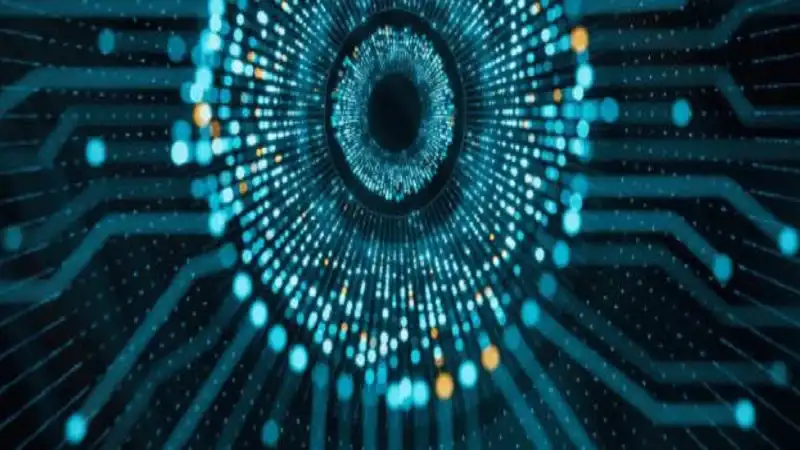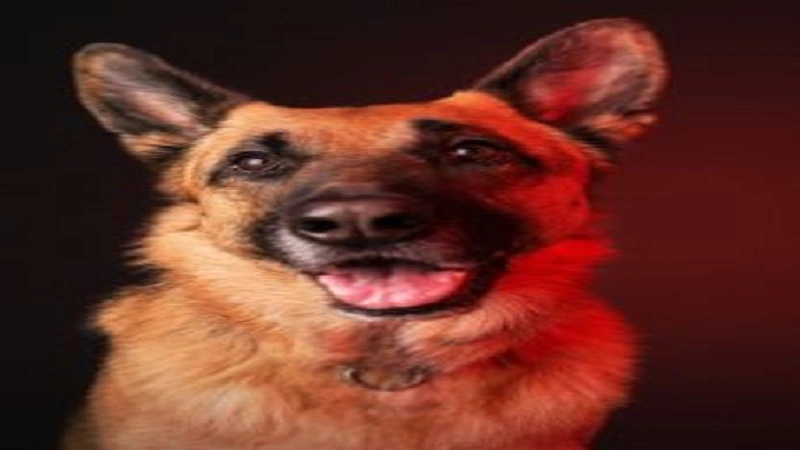
The Internet of Things (IoT) is transforming our world, Connecting the dots: unraveling iot standards and protocols everything from home appliances to industrial machinery in once unimaginable ways. As this technology evolves, so too does the need for robust standards and protocols to ensure seamless communication among devices. Understanding these standards and protocols is key to unlocking the full potential of IoT. This article will explore the complexities of IoT standards, the essential protocols that govern device communication, and why these frameworks are crucial for the future of interconnected devices.
What is IoT?
At its core, the Internet of Things refers to a network of physical objects—devices, vehicles, buildings—equipped with sensors, software, and other technologies that allow them to collect and exchange data. These “things” can communicate with one another, often through the internet, to enhance functionality, streamline processes, and improve user experiences.
For instance, smart thermostats can learn your heating preferences and adjust accordingly, while wearable fitness trackers monitor your health metrics in real-time. However, for all these devices to work harmoniously, they need a common language—a set of standards and protocols.
Why Standards Matter
Standards in IoT serve several critical functions:
- Interoperability: With a myriad of devices and manufacturers, interoperability is vital. Standards ensure that devices from different manufacturers can communicate effectively, fostering a cohesive ecosystem.
- Security: As more devices connect to the internet, the potential for cyber threats increases. Robust standards help establish security protocols, protect sensitive data, and maintain user trust.
- Scalability: As IoT networks expand, having standardized protocols facilitates easier integration of new devices without compromising performance.
- Innovation: Clear standards can drive innovation by providing a stable foundation on which developers can build new applications and services.
In essence, IoT standards act as the glue that holds the vast ecosystem of connected devices together, enabling them to function efficiently and securely.
Key IoT Protocols
IoT protocols are the rules that govern how devices communicate with each other. These can be categorized into three main types: communication protocols, network protocols, and application protocols. Connecting the dots: unraveling iot standards and protocols.
1. Communication Protocols
Communication protocols determine how data is transmitted between devices. Here are some of the most notable ones:
- MQTT (Message Queuing Telemetry Transport): Designed for lightweight communication, MQTT is ideal for IoT devices with limited processing power and bandwidth. It uses a publish/subscribe model, allowing devices to send messages to a central broker that distributes them to subscribers. This makes MQTT perfect for scenarios where many devices need to send data simultaneously, such as in smart homes or industrial settings.
- CoAP (Constrained Application Protocol): Similar to HTTP but optimized for constrained devices, CoAP is often used in resource-limited environments. It operates over UDP, which is more efficient for small, quick messages. CoAP’s low overhead makes it suitable for IoT applications where quick responses are necessary, like smart lighting systems.
- AMQP (Advanced Message Queuing Protocol): AMQP is a more complex messaging protocol that ensures reliable communication between devices. It is often used in enterprise applications and provides features such as message orientation, queuing, routing, and security.
2. Network Protocols
Network protocols define how devices connect to the internet and each other. Key players include:
- IPv6 (Internet Protocol version 6): With the explosive growth of connected devices, the limitations of IPv4 (which can support about 4 billion addresses) became apparent. IPv6 expands this to an astronomical number of addresses, ensuring that every IoT device can have a unique identifier. This is crucial for scalability in the IoT landscape.
- 6LoWPAN (IPv6 over Low-Power Wireless Personal Area Networks): This adaptation of IPv6 is designed for low-power devices that operate in wireless networks. 6LoWPAN enables the transmission of IPv6 packets over IEEE 802.15.4 networks, making it easier to connect small devices like sensors and smart meters.
- LoRaWAN (Long Range Wide Area Network): This protocol is ideal for long-range communication between low-power devices. LoRaWAN enables devices to communicate over distances of several kilometers while consuming very little power, making it suitable for applications like smart agriculture and urban monitoring. Connecting the dots: unraveling iot standards and protocols.
3. Application Protocols
Application protocols operate at a higher level and define how applications on devices interact with each other. Notable examples include:
- HTTP/HTTPS (HyperText Transfer Protocol/Secure): While primarily used for web applications, HTTP and HTTPS can also be utilized in IoT applications for devices that need to communicate over the internet securely. However, they are generally less efficient than protocols designed specifically for IoT.
- XMPP (Extensible Messaging and Presence Protocol): Originally designed for instant messaging, XMPP has found applications in IoT as well. It allows for real-time communication between devices and is particularly useful in scenarios where timely updates are essential.
The Role of Industry Standards Organizations
Various organizations are working to establish and promote IoT standards. Some of the key players include:
- IETF (Internet Engineering Task Force): The IETF develops and promotes voluntary Internet standards and protocols. Many IoT protocols, including CoAP and MQTT, have roots in IETF standards.
- IEEE (Institute of Electrical and Electronics Engineers): IEEE develops standards for a broad range of technologies, including wireless communication standards like 802.15.4, which is foundational for many IoT applications.
- OASIS (Organization for the Advancement of Structured Information Standards): OASIS is involved in the development of various standards, including those relevant to IoT security and data sharing.
- oneM2M: This global initiative aims to create a common framework for machine-to-machine (M2M) communications and IoT applications, promoting interoperability among different systems. Connecting the dots: unraveling iot standards and protocols.
Challenges in Standardization
Despite the progress made in establishing IoT standards, several challenges remain:
- Fragmentation: The vast array of protocols and standards can lead to fragmentation, making it difficult for devices from different manufacturers to work together seamlessly.
- Evolving Technology: The rapid pace of technological advancement means that standards must continually evolve to keep up, which can be a slow and bureaucratic process.
- Security Concerns: With IoT devices becoming increasingly targeted by cyberattacks, establishing comprehensive security standards is essential but challenging.
- Lack of Awareness: Many developers and organizations may not fully understand the importance of adhering to standards, which can lead to inconsistent implementations.
The Future of IoT Standards
Looking ahead, the future of IoT standards and protocols is likely to be shaped by several trends:
- Increased Focus on Security: As cybersecurity threats grow, the demand for robust security standards will become paramount. Protocols that incorporate built-in security features will be essential.
- Interoperability Initiatives: Efforts to promote interoperability among different systems will likely increase, with organizations collaborating to create universal standards that can be adopted by a wide range of devices. Connecting the dots: unraveling iot standards and protocols.
- Edge Computing: As more devices process data locally rather than relying on cloud services, new standards will need to emerge to facilitate communication and data sharing at the edge of the network.
- Sustainability: With environmental concerns on the rise, standards promoting energy-efficient communication protocols and sustainable practices in device manufacturing will gain importance.
Conclusion
As we continue to embrace the Internet of Things, understanding the standards and protocols that underpin this technology becomes increasingly important. These frameworks are not just technical specifications; they are the foundation upon which the future of connectivity is built. By Connecting the dots: unraveling iot standards and protocols the dots through interoperability, security, and innovation, we can unlock the true potential of IoT, creating a smarter, more efficient, and more connected world.
In the end, as we navigate this complex landscape, the importance of collaboration and the continued evolution of standards will be paramount in ensuring that our devices can communicate effectively and securely, paving the way for a truly interconnected future.






